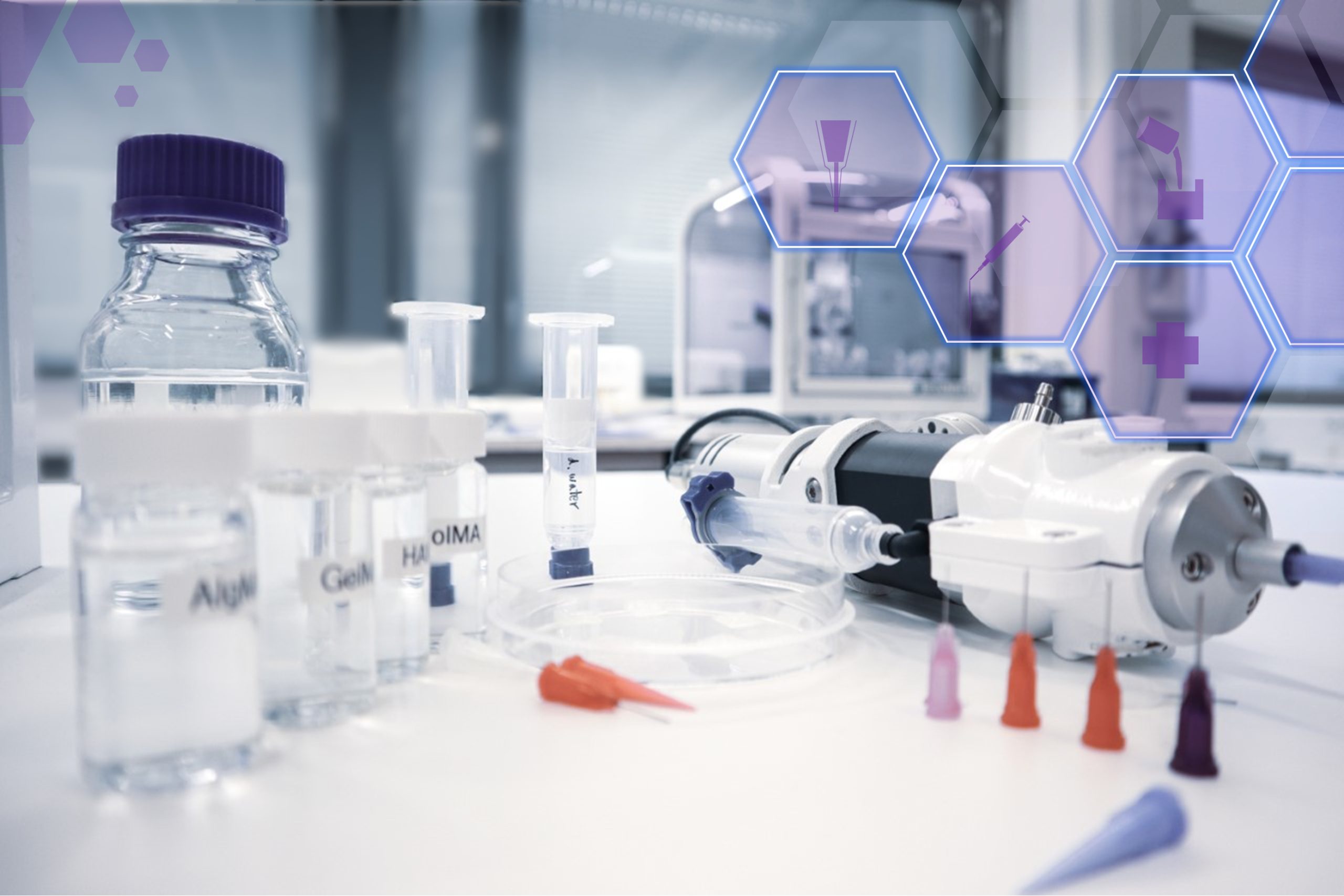Finland-based 3D bioprinting start-up Brinter has launched a new entry-level 3D printer with the aim of making bioprinting more accessible to researchers and manufacturers, the Brinter Core.
Half the size and cost of its predecessor, the Brinter 1, the Brinter Core is a modular and portable 3D bioprinter capable of 3D printing complex, multi-material tissue structures with applications ranging from personalized drugs to “human spare parts”.
With the new machine’s smaller size and lower cost, Brinter hopes to enable more pharmaceutical firms, hospitals, universities, and research centers to access its 3D bioprinting technologies without breaking the bank.
“We really want to open up the 3D bioprinting market in a way that’s never been done before,” said Tomi Kalpio, Brinter’s CEO. “Researchers and companies need to deliver products for 3D bioprinting, but many don’t have 3D printers with unlimited bioinks and other materials yet due to their significant cost and difficulty moving them between labs.
“With the Brinter Core, we make 3D bioprinting a reality and get started for those that previously were boxed out of the market.”

Brinter’s bioprinting technology
Spun out of 3D printing bureau 3DTech Ltd, Brinter develops 3D bioprinting systems, modules, and inks for customers in the medical, research, and cosmetics sectors. Until now, the firm’s bioprinting offering centered around its Brinter 1 machine, which works by depositing layers of cell-laden hydrogels into oncological models and cancerous and cartilage microtissues.
Brinter’s stated mission is to help save more lives through personalized treatment, and says its technology could have future applications in fabricating organs and other human “spare parts”.
The firm’s current clientele includes companies such as Nanoform, as well as researches at VTT, the University of Glasgow, Johannes Gutenberg University of Mainz, University of Oulu, University of Helsinki, and University of Eastern Finland, among others.
In June, the start-up received €1.2 million worth of seed funding to expand its operations and more readily address the US and European medical markets with its bioprinting offering.

The Brinter Core
The Brinter Core performs many of the same functions as its predecessor, but has half the footprint and is half the price point. Although official pricing has not yet been disclosed, with the Brinter 1 priced at €24,900, it’s a safe guess that customers can expect to pay around the €12,500 mark for the Brinter Core.
The new machine is a portable multi-material bioprinter that reportedly provides all the basic features needed for bioprinting. The machine is capable of 3D printing highly complex tissue structures with both hard and soft materials ranging from living cell-laden hydrogels to bio-pastes, metals and binder materials, and plastic.
As the Brinter Core uses the same printheads as the Brinter 1, customers will be able to upgrade their printheads if required and easily swap them between Brinter products without the need for tools. The printing technologies available for the Brinter Core include valve-free pneumatic extrusion via the firm’s Pneuma Tool, screw-driven mechanical extrusion through its Visco Tool, solenoid-driven dispensing with its MicroDroplet Tool, and thermoplastic granulate extrusion via its Granu Tool.
Brinter has observed growing market demand for bioprinting as the potential applications of the technology have continued to expand. However, the company has identified that numerous institutions are unable to leverage the technology due to its high price point.
It was this observation that prompted Brinter to develop the entry-level Brinter Core, which it pitches as a “reasonably priced yet very capable” machine that it estimates will speed up scientific development by a “factor of up to 10”.
“Medical research facilities and universities often still rely on traditional methods of discovery in the research of new drugs, understanding diseases, and finding medical ways to help people,” said Pirkko Härkönen, Counsellor at the Institute of Biomedicine.
“Drug developers are excited to get their hands on the device to do fast prototyping and testing and deliver treatments that save more lives.”
Technical specifications and pricing
The technical specifications for the Brinter Core are yet to be released, although an educated guess would predict the machine’s pricepoint to land around the €12,500 mark, in light of the cost of the Brinter 1.
Subscribe to the 3D Printing Industry newsletter for the latest news in additive manufacturing. You can also stay connected by following us on Twitter and liking us on Facebook.
Looking for a career in additive manufacturing? Visit 3D Printing Jobs for a selection of roles in the industry.
Subscribe to our YouTube channel for the latest 3D printing video shorts, reviews, and webinar replays.
Featured image shows the Brinter Core is designed to make bioprinting more accessible and affordable. Photo via Brinter.



